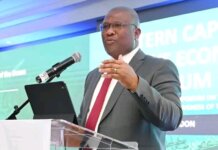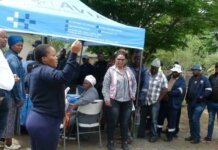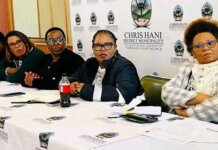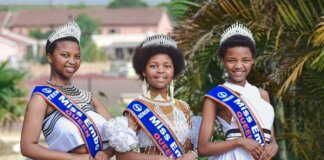
This Content is for Subscribers Only
“I was excited, grateful, and honestly just overwhelmed with joy. It felt like a ‘finally’ moment,” says Dr Bambesiwe May, reflecting on the moment she learned she was one of eight winners in the L’Oréal-UNESCO For Women in Science National Programme.
The Stellenbosch University (SU) postdoctoral fellow has been recognised for her innovative framework that transforms how mining waste is seen and managed in Southern Africa.
What Happened
At a recent award ceremony in Sandton hosted by L’Oréal South Africa in partnership with UNESCO, Dr May’s pioneering work in geometallurgy stood out. Her research goes beyond environmental protection. It explores how tailings—the leftover materials from gold and manganese mining—can be reused to recover valuable metals.
“I want people to see that science is not abstract—it’s human, creative and full of opportunities to make a difference,” she said.
Her approach merges environmental risk assessment with resource recovery, ensuring that what’s reusable is identified and what’s toxic is contained.
Why It Matters
Mining waste is often treated purely as a pollution problem. But Dr May’s work sees it as an untapped opportunity. By extracting residual value from tailings, her research could reduce environmental risks and create new economic prospects.
She’s now piloting this Environmental Geochemical Assessment-Valorisation Framework in other waste streams, such as:
- Water hyacinth (being turned into paper)
- Textile waste (transformed into eco-friendly tiles)
“I love creating practical, science-based solutions that protect nature and make industry more sustainable,” she said.
Quotes That Resonate
- “It felt like all the quiet seasons of persistence had found their recognition.”
- “Curiosity is a powerful compass. You don’t have to have it all figured out.”
- “Sometimes, motivation comes from looking back and realising how far you’ve come.”
Dr May says the recognition is not just personal—it represents all women scientists whose journeys have gone unseen.
Takeaways for Young Scientists
- There’s no one path into science—start where you are.
- Persistence matters more than perfection.
- Research can be both rigorous and socially relevant.
- Waste can be redefined as a valuable resource.
What’s Next
With new visibility and funding, Dr May plans to expand her framework’s application and bring her research closer to public and industry use. She’s also committed to science communication, aiming to bridge the gap between academic work and everyday impact.
“Our discoveries shouldn’t remain buried in books and journals—they must reach those who can act on them.”







